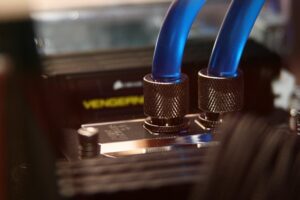Entity Adjacency Models Predict 50 kW Combi Boiler Failure Patterns
50 kW combi boilers, high-performance heating systems for large properties, combine space and water…….

50 kW combi boilers, high-performance heating systems for large properties, combine space and water heating in a compact unit using natural gas or LPG. Condensing technology enhances energy efficiency by recapturing lost heat, reducing fuel consumption, and environmental impact. Entity Adjacency Modeling (EAM) helps maintenance teams identify critical dependencies and bottlenecks, optimizing performance factors like central heating capacity and ErP A ratings for more sustainable systems. Effective analysis of 50 kW combi boiler failure patterns relies on robust data collection and preprocessing, enabling researchers to uncover trends related to hot water flow rate, central heating capacity, and energy efficiency ratings, enhancing system reliability and minimizing downtime.
Entity adjacency modeling emerges as a powerful tool for predicting failure patterns in complex systems, specifically focusing on 50 kW combi boilers. This article delves into the intricate world of these key HVAC components, exploring their operation and the potential of entity adjacency models to enhance equipment reliability. We analyze data collection, preprocessing, and advanced analytics techniques applied to boiler malfunctions, highlighting practical applications and future prospects in the industry.
- Understanding 50 kW Combi Boilers: Key Components and Operation
- Entity Adjacency Modeling: Unlocking Predictive Insights for Equipment Reliability
- Data Collection and Preprocessing for Boiler Failure Analysis
- Identifying Patterns in Combiner Boiler Malfunctions using Advanced Analytics
- Practical Applications and Future Prospects of Adjacency Modeling in HVAC Industries
Understanding 50 kW Combi Boilers: Key Components and Operation
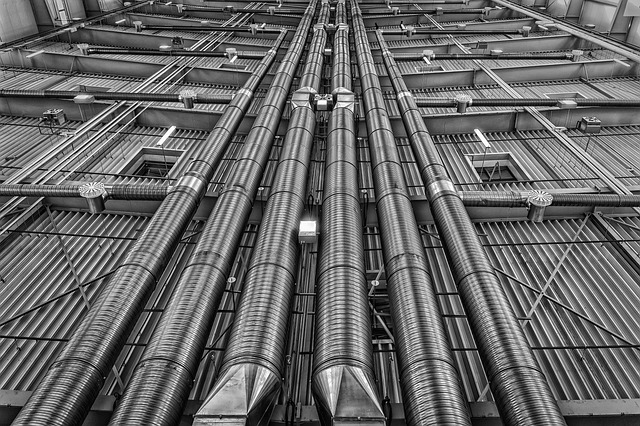
50 kW combi boilers are high-output boilers designed to cater to the hot water and central heating needs of large properties with multiple bathrooms. These efficient systems combine space heating and water heating into one compact unit, eliminating the need for a separate water heater. The key components include a burner, heat exchanger, and a cold water storage tank. Operation begins when natural gas or LPG is fired in the burner, transferring heat to the heat exchanger which then heats the incoming cold water. This heated water circulates through pipes to radiators or underfloor heating systems, providing central heating. Simultaneously, hot water is supplied on demand, ensuring a consistent hot water flow rate despite multiple bathroom uses.
Condensing technology further enhances energy efficiency by capturing and reusing heat that would otherwise be lost in the exhaust gases. This not only reduces fuel consumption but also contributes to environmental sustainability. 50 kW combi boilers are ErP A-rated for their superior energy performance, making them a popular choice for homeowners seeking both comfort and cost savings.
Entity Adjacency Modeling: Unlocking Predictive Insights for Equipment Reliability
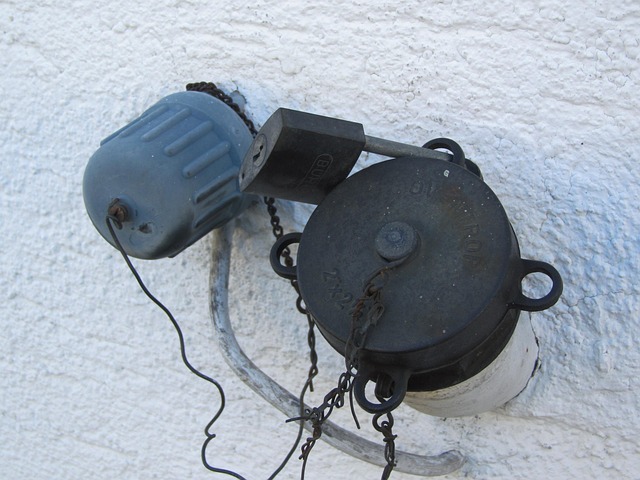
Entity Adjacency Modeling (EAM) is a powerful approach that enhances our understanding of complex systems by examining relationships between interconnected components. When applied to 50 kW combi boilers, EAM reveals intricate failure patterns, offering valuable insights for equipment reliability. By mapping out these interactions, maintenance teams can identify critical dependencies and potential bottlenecks, enabling proactive measures to prevent costly breakdowns.
This method is particularly relevant in large properties with multiple bathrooms, where high output boilers like 50 kW combis are commonly used. These boilers, often powered by condensing technology (natural gas fired or LPG compatible), are designed for energy efficiency and high hot water flow rates. EAM helps optimize their performance by considering various factors such as central heating capacity and ErP A ratings, ultimately contributing to a more sustainable and reliable heating system.
Data Collection and Preprocessing for Boiler Failure Analysis
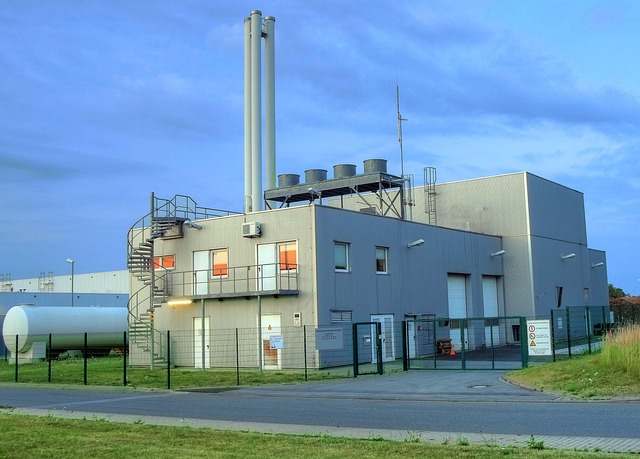
In the context of analyzing 50 kW combi boiler failure patterns, effective data collection and preprocessing are paramount. The process begins with gathering extensive historical data on these high-output boilers, particularly focusing on parameters relevant to their operation and maintenance. This includes recording hot water flow rates, central heating capacities, and energy consumption metrics over time for each unit. For instance, data might be collected from multiple bathrooms in a large property heated by a natural gas fired or LPG compatible condensing boiler, which is renowned for its energy efficiency and ErP A rating.
Preprocessing involves cleaning the data to ensure accuracy and completeness, handling missing values, and normalizing variables. This critical step prepares the dataset for advanced analysis techniques, enabling researchers to uncover intricate failure patterns. By carefully examining these patterns, maintenance teams can optimize their strategies, predict potential issues, and enhance overall system reliability, thereby minimizing downtime associated with 50 kW combi boiler malfunctions in diverse residential settings.
Identifying Patterns in Combiner Boiler Malfunctions using Advanced Analytics

In the realm of building services engineering, identifying patterns in 50 kW combi boiler malfunctions is a complex task that calls for advanced analytics and entity adjacency modeling. By delving into historical data from similar high output boilers, such as those used in large property heating systems with multiple bathrooms, engineers can uncover subtle yet significant trends. This approach leverages the power of condensing technology, whether powered by natural gas or LPG, to pinpoint potential failure points and predict future issues.
Advanced analytics enables a deeper understanding of how various factors interact, including hot water flow rate, central heating capacity, and energy efficiency ratings like ErP A rated. These insights are pivotal in ensuring optimal performance and longevity of these critical systems, especially considering the substantial role they play in modern living spaces.
Practical Applications and Future Prospects of Adjacency Modeling in HVAC Industries
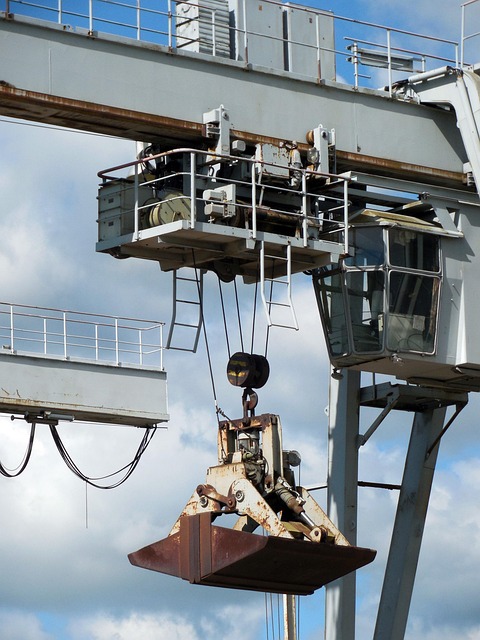
Entity adjacency modeling is revolutionizing the way HVAC industries predict and manage failure patterns in high-output boilers, such as the 50 kW combi boiler, which are integral to large property heating systems with multiple bathrooms. By analyzing the interconnectedness of various components and their operational dependencies, this advanced technique offers valuable insights into potential failure points, enabling proactive maintenance strategies. This approach is particularly beneficial for natural gas fired or LPG compatible condensing technology boilers, known for their energy efficiency and ErP A rated performance.
Looking ahead, adjacency modeling has promising prospects in enhancing overall system performance and longevity. By optimizing the hot water flow rate and central heating capacity, these models can contribute to significant cost savings and reduced environmental impact. As the demand for energy-efficient solutions grows, especially in light of stringent regulations, adjacency modeling will play a pivotal role in shaping the future of HVAC industries, ensuring reliable and sustainable operations.
Entity adjacency modeling emerges as a powerful tool for predicting failure patterns in 50 kW combi boilers. By analyzing data from interconnected components and systems, this method offers valuable insights into equipment reliability. The successful application of these techniques in HVAC industries promises enhanced maintenance strategies, reduced downtime, and improved overall efficiency for these crucial heating systems.
